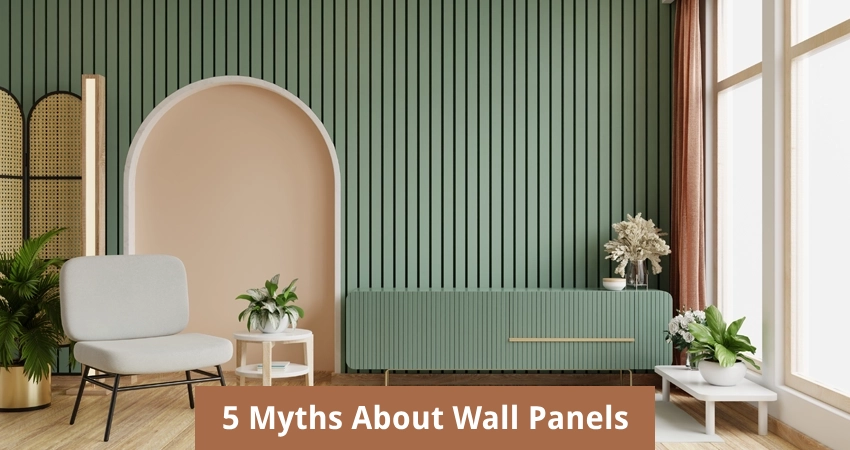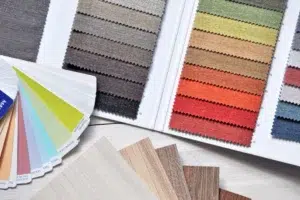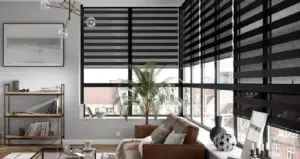Wall panels have gained immense popularity in home décor, providing a flexible and stylish way to revamp your interior spaces. Despite their rising use, several misconceptions about wall panels still exist. This article seeks to debunk some of these myths and offer accurate insights into this versatile home improvement option.
Myth 1: Wall Panels Are Only for Modern Decor
While wall panels are often associated with sleek, modern designs, they are incredibly adaptable and can enhance various decor styles. Whether you prefer a traditional, rustic, or contemporary look, wall panels come in multiple textures, patterns, and finishes to suit any aesthetic preference.
Myth 2: Wall Panels Are Difficult to Install
Though certain types of wall panels may require professional installation, many are designed for easy DIY projects. With proper planning, tools, and a bit of patience, you can successfully install wall panels on your own and achieve professional-looking results.
Myth 3: Wall Panels Are Not Durable
Wall panels are made from strong, long-lasting materials such as wood, MDF (medium-density fiberboard), PVC (polyvinyl chloride), and fabric. These materials are designed to withstand everyday wear and tear, including scratches, scuffs, and even moisture, making them an ideal choice for high-traffic areas in your home.
Myth 4: Wall Panels Are Expensive
Although some high-end wall panels can be pricey, many affordable options are available that cater to various budgets. Depending on the material and design you choose, wall panels can be a cost-effective way to update your home’s interior without breaking the bank.
What are Wall Panels Made Of?
Wall panels come in a variety of materials, each offering a unique look and feel:
- Wood: Wood panels exude a warm, natural vibe and are available in styles like reclaimed wood, Barnwood, and shiplap, offering both rustic charm and elegance.
- MDF: MDF is a popular, budget-friendly option that can be painted or textured to create a range of designs, making it a versatile choice for those on a budget.
- PVC: PVC panels are not only durable but also moisture-resistant and easy to clean. Available in a wide array of colors and designs, they are especially practical for areas prone to moisture.
- Fabric: Fabric-covered panels add a soft, textured aesthetic to walls and come in a variety of patterns and hues, making them a great choice for creating cozy, inviting spaces.
How Do I Install Wall Panels?
The installation process depends on the type of wall panel and the surface you are working with. Some panels can be attached using adhesive, while others may need to be nailed or screwed into place. It’s important to follow the manufacturer’s instructions to ensure proper installation and long-lasting results.
Can Wall Panels Be Used in Bathrooms or Kitchens?
Yes, certain types of wall panels are ideal for use in moisture-prone areas like bathrooms and kitchens. For these spaces, opt for moisture-resistant materials such as PVC or panels with a waterproof coating. These options are better suited to handle humidity, steam, and splashes, ensuring your walls remain both stylish and functional.
How Do I Clean Wall Panels?
The cleaning method for wall panels depends on the material they’re made of. For wood panels, use a gentle wood cleaner and a soft cloth to avoid damaging the finish. PVC panels can be wiped down with a damp cloth, making them easy to maintain. Fabric panels may need a bit more care, such as vacuuming to remove dust or spot cleaning to handle stains.
Additional Considerations
- Acoustic Benefits: Wall panels aren’t just decorative; they can also improve the acoustics in your home by absorbing sound and helping to reduce noise levels.
- Insulation: Some wall panels add an extra layer of insulation, which can make your home more energy-efficient by keeping temperatures regulated.
- Customization: One of the great things about wall panels is how customizable they are. With various materials, textures, and finishes available, you can create a space that feels uniquely yours.
- Maintenance: Wall panels generally don’t require much upkeep, but it’s a good idea to regularly clean them and check for any signs of wear to ensure they stay in good condition.
Conclusion
Wall panels offer a versatile and attractive way to enhance your home, providing both style and function. By clearing up some common misconceptions and understanding the variety of materials and designs available, you can confidently choose wall panels that fit your style and meet your needs.
FAQs
Q: Can I install wall panels myself?
A: Yes, you can, especially for simpler projects. However, for more complex installations or if you’re not confident in your DIY abilities, hiring a professional is a good option.
Q: Are wall panels suitable for all rooms?
A: Wall panels can be installed in most areas of your home. For high-moisture rooms like bathrooms or kitchens, it’s best to choose moisture-resistant materials such as PVC.
Q: Can I paint wall panels?
A: Yes, many types of wall panels can be painted. Just be sure to choose a paint that is compatible with the material of your panels to ensure a lasting finish.
Q: How long do wall panels last?
A: With the right care and maintenance, wall panels can last for many years, making them a durable and long-term solution for home improvement.
Q: Can I remove wall panels without damaging the walls?
A: In many cases, wall panels can be removed without significant damage, but this depends on the type of panel and how they were installed. If you’re uncertain, it’s best to consult a professional to avoid any unintended damage to your walls.





